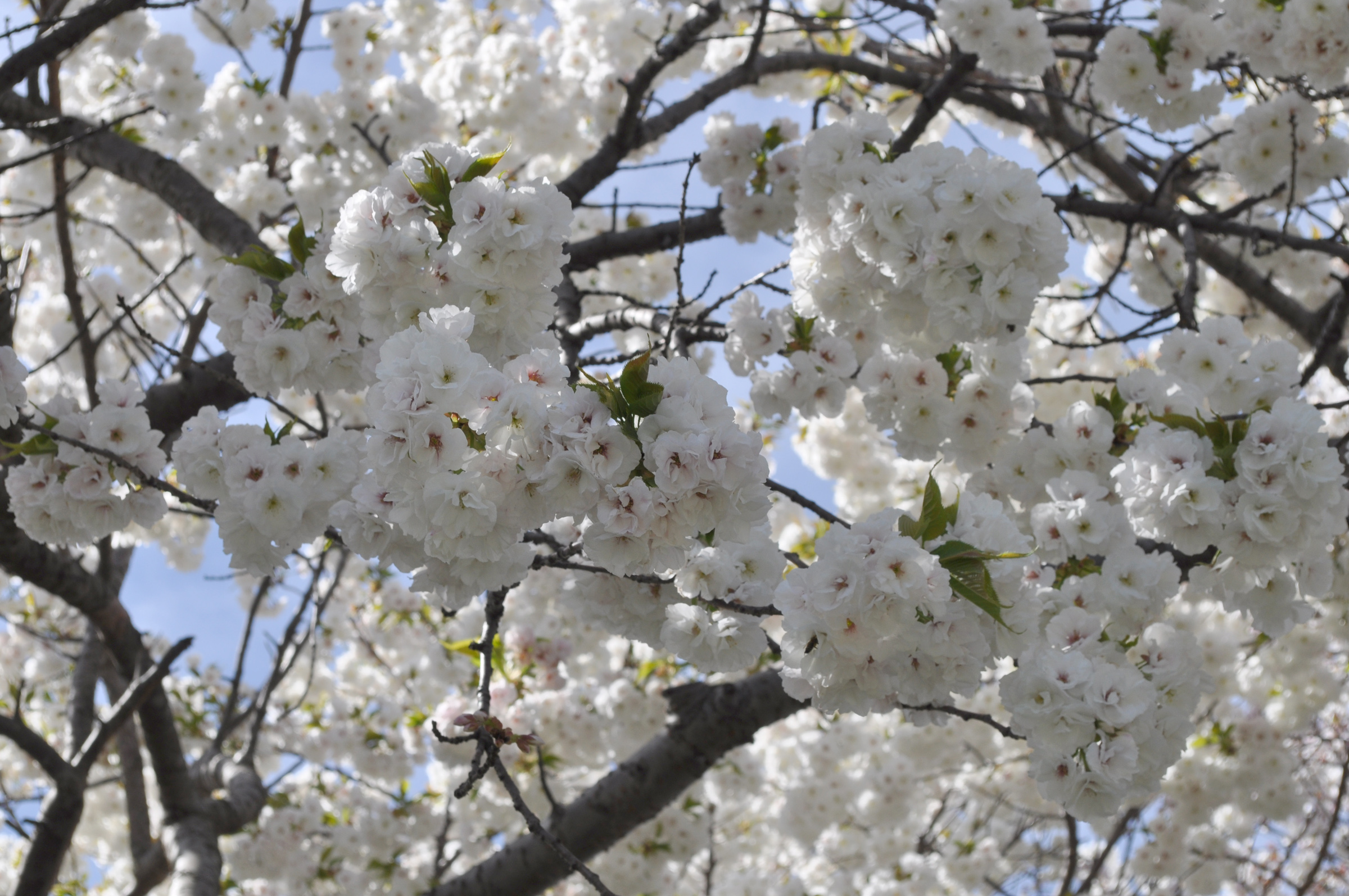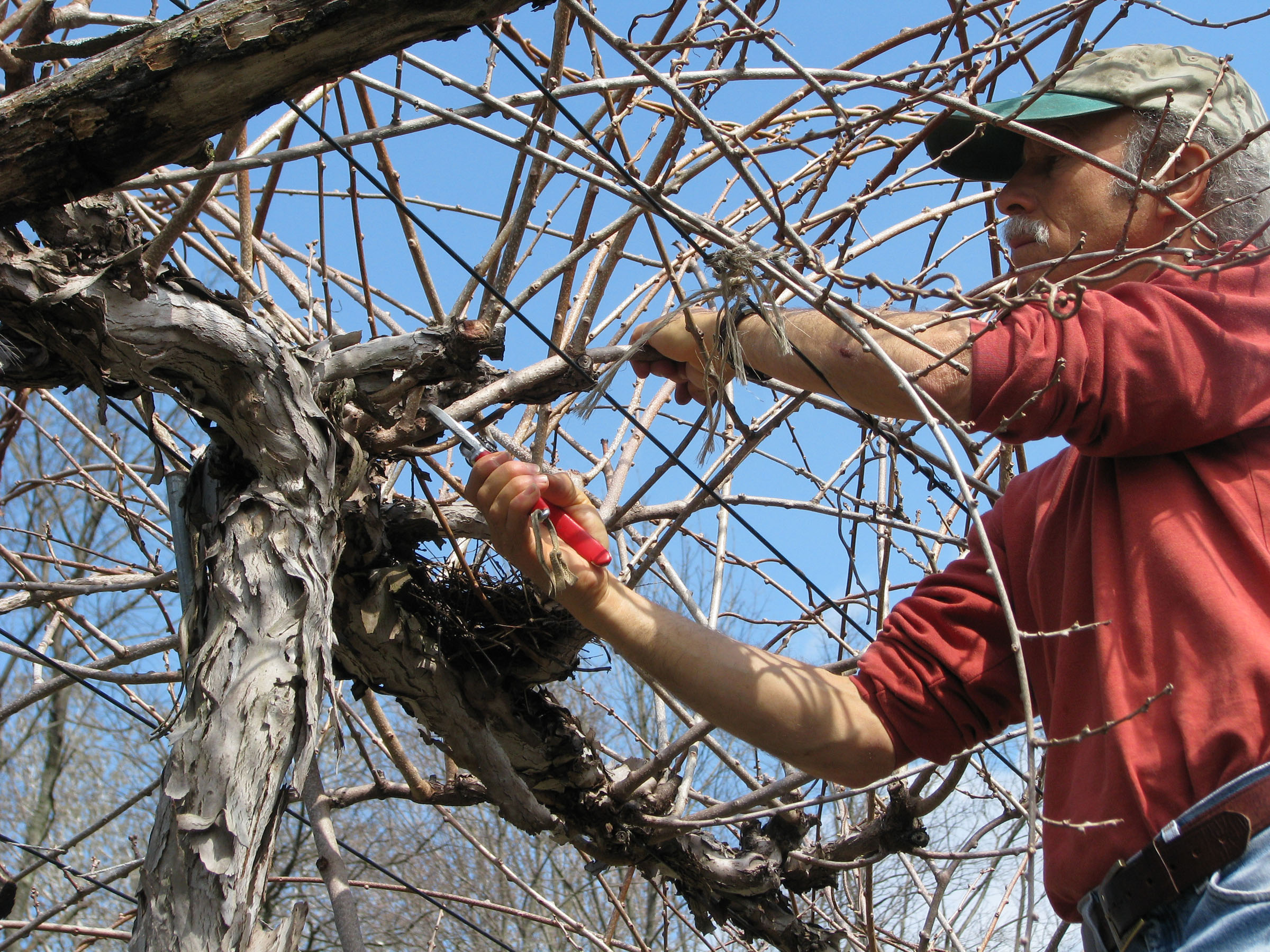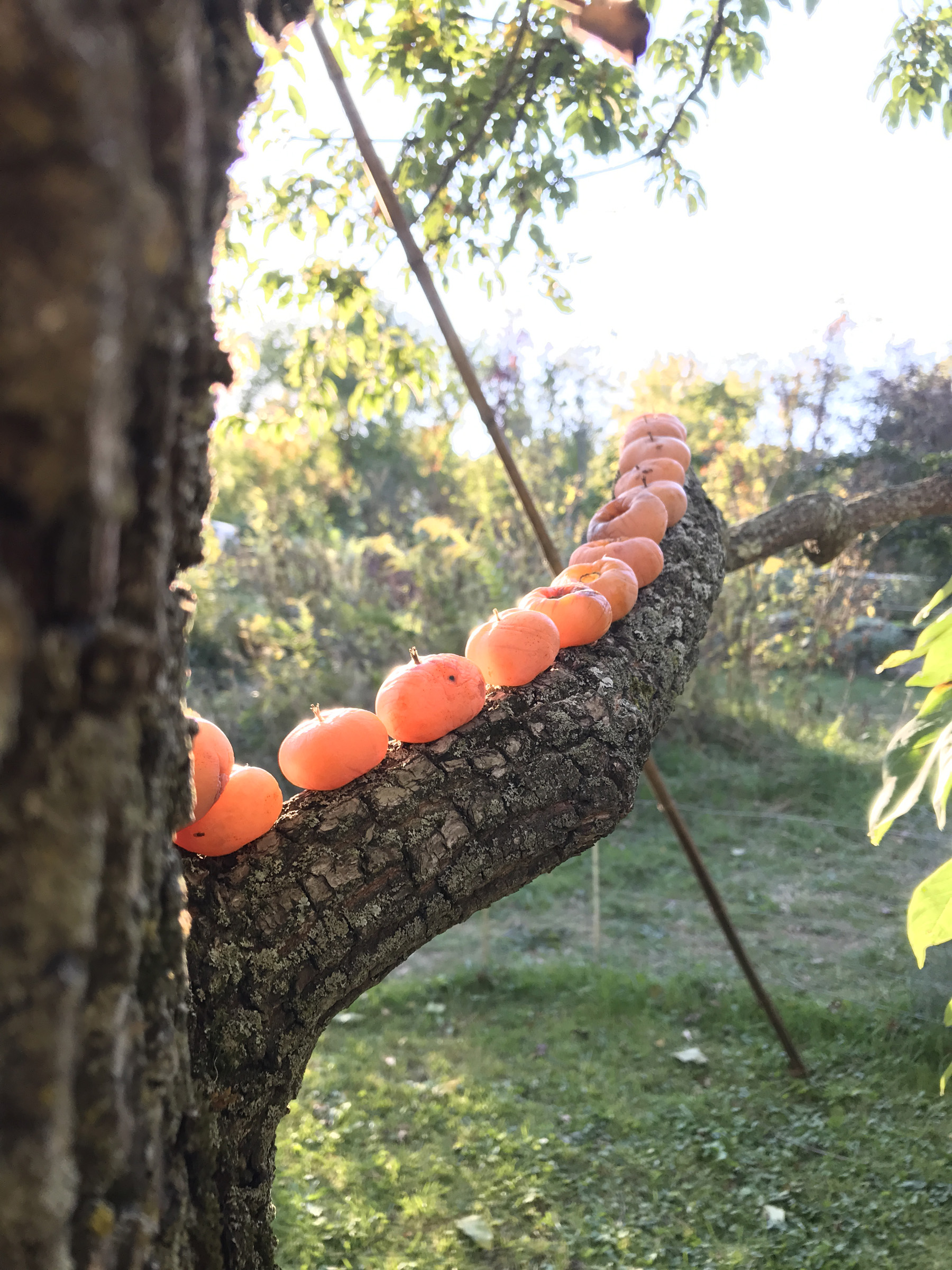HAPPY BIRTHDAY GEORGE
/1 Comment/in Flowers/by Lee ReichWas He a Bad Boy?
Washington’s birthday is a proper time to think about cherry trees. Rather than question whether or not George did chop down the tree, and whether or not he had the honesty to admit to the act, I wonder what kind of a cherry it could have been. (The story, incidentally, is apocryphal, having been fabricated by Mason Locke Weems for his 1802 book, Life of George Washington; With Curious Anecdotes, Equally Honorable to Himself and Exemplary to his Young Countrymen. “Parson” Weems also wrote of Washington throwing a silver dollar across the Delaware River).
That cherry tree could very well have been something akin to the sweet cherries we can buy or grow today. 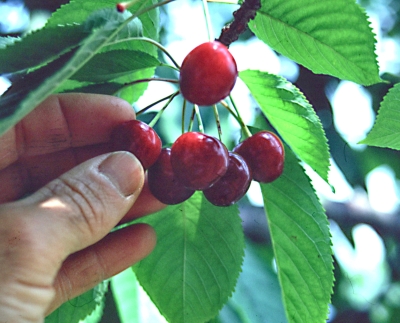 Sweet cherries (Prunus avium), sometimes called bird cherries or, in their more wild state, mazzard cherries, were amongst the plants ordered from Europe by the Massachusetts colony in 1629. By 1650, there was a cherry orchard in Yonkers, New York, and before the end of that century, there were plantings in Rhode Island, Maryland, and Virginia. Trees became so abundant that in 1749, Peter Kalm wrote that “all travellers are allowed to pluck ripe fruit in any garden which they pass by, provided they do not break any branches; and not even the most covetous farmer hindered them from so doing.” So it is not unlikely that Papa Washington had a few sweet cherry trees planted at his farmstead along the shores of the Rappahannock River.
Sweet cherries (Prunus avium), sometimes called bird cherries or, in their more wild state, mazzard cherries, were amongst the plants ordered from Europe by the Massachusetts colony in 1629. By 1650, there was a cherry orchard in Yonkers, New York, and before the end of that century, there were plantings in Rhode Island, Maryland, and Virginia. Trees became so abundant that in 1749, Peter Kalm wrote that “all travellers are allowed to pluck ripe fruit in any garden which they pass by, provided they do not break any branches; and not even the most covetous farmer hindered them from so doing.” So it is not unlikely that Papa Washington had a few sweet cherry trees planted at his farmstead along the shores of the Rappahannock River.
That abundance of cherry trees and cherries is interesting because here in the Hudson Valley, in Eastern US in general, sweet cherries are not an easy crop. Read more
OUT TO PRUNE, WITH WHAT?
/17 Comments/in Pruning/by Lee ReichPruning (Book) Perks
One perk of writing a book about pruning (The Pruning Book) is that, in the months after publication, I kept getting gifts in the mail, gifts in the form of pruning tools to try out. The pruning shears hang on a row of wooden pegs near my back door, loppers hang on pegs in the garage, and hand saws fill a five gallon bucket. All the big-name brands are represented, from ARS to Bahco to Corona to Felco to Fiskars to Silky. With many models of each brand of tool at my fingertips, it’s easy to know which ones I like the best. They’re the ones for which I reach most frequently.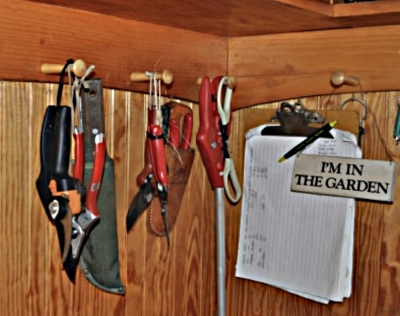
With the coldest part of winter behind us (and even that not very cold), it’s time for me to start pruning. A sunny day with temperatures in the 40s makes pruning an enjoyable excuse to be outdoors. Into my leather holster, which came with the shears, goes my ARS hand pruning shears. Sometimes, if I need to cut stems that are a bit beefier, I’ll grab instead my Felco shears. Or, for lighter pruning, my Pica shears. Those are my three favorites. All are excellent although the ARS shears have the edge for me.
But that’s me. As they say, “Your results (preferences) may differ.” Read more
FRUITFUL THOUGHTS
/27 Comments/in Fruit/by Lee ReichWatch for Road Blocks
If you’re considering growing fruits, good idea. You’re probably dreaming about, in a few years, being able to reach for a ripe red apple, a peach, a cherry, or a plum from a fruit laden branch. To a large degree depending on where you garden, you could be paving the way for disappointment. Insect and disease pests, and specific pruning needs, are potential road blocks for many of the more common fruits. 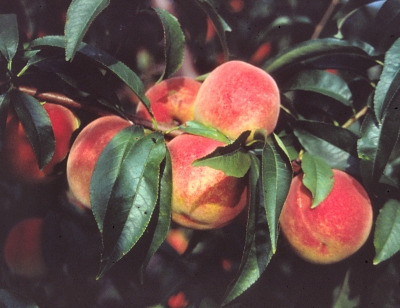
Yet, luscious fruits plucked from a backyard plants are such a delicacy. What else but a fruit could have tempted Adam and Eve? Fortunately, many fruits need only a minimum amount of care. What follows are easy-to-grow fruit plants, grouped into three categories, from the very easiest to the “hardest easiest.”
Easiest Peasiest
The first category includes plants that you merely set in the ground, then come back in a couple of years for the first of many years of harvest. Well, almost nothing else to do. You may recognize in this category some plants commonly grown as ornamentals. Read more

